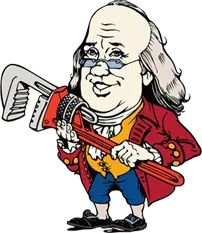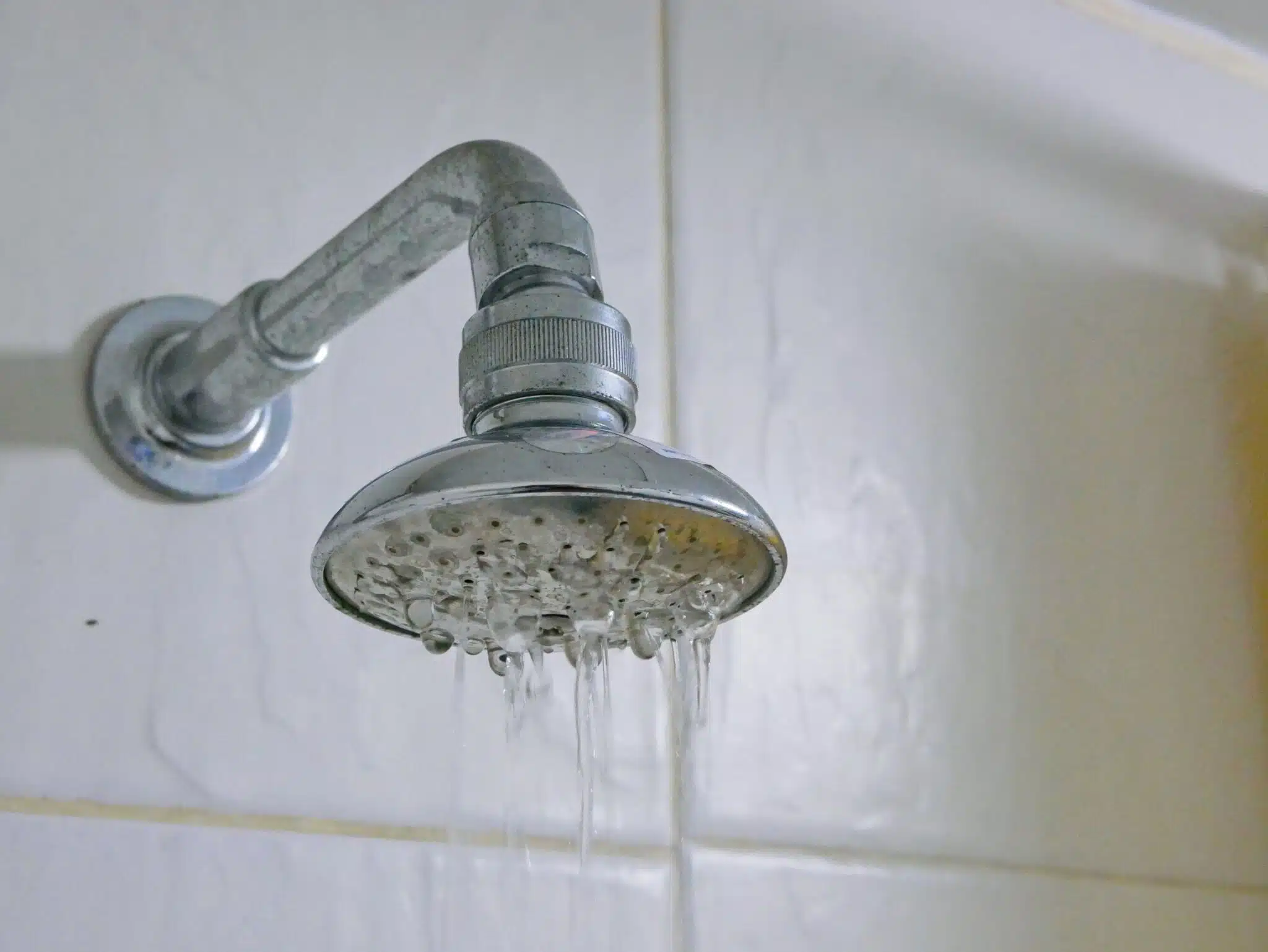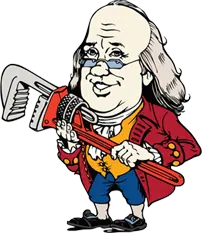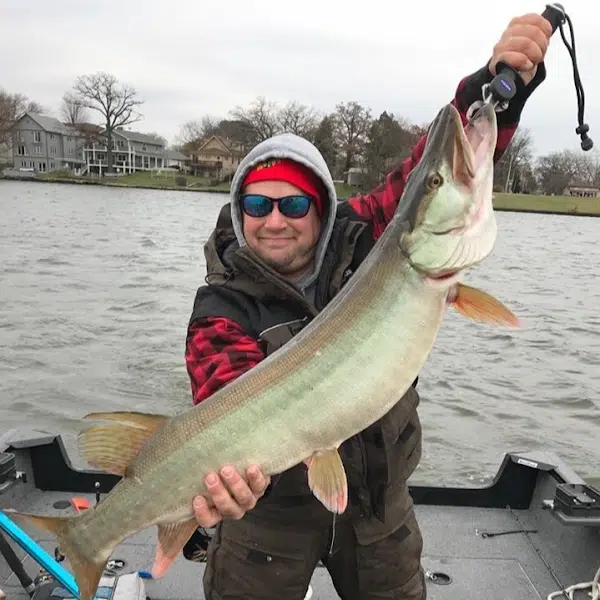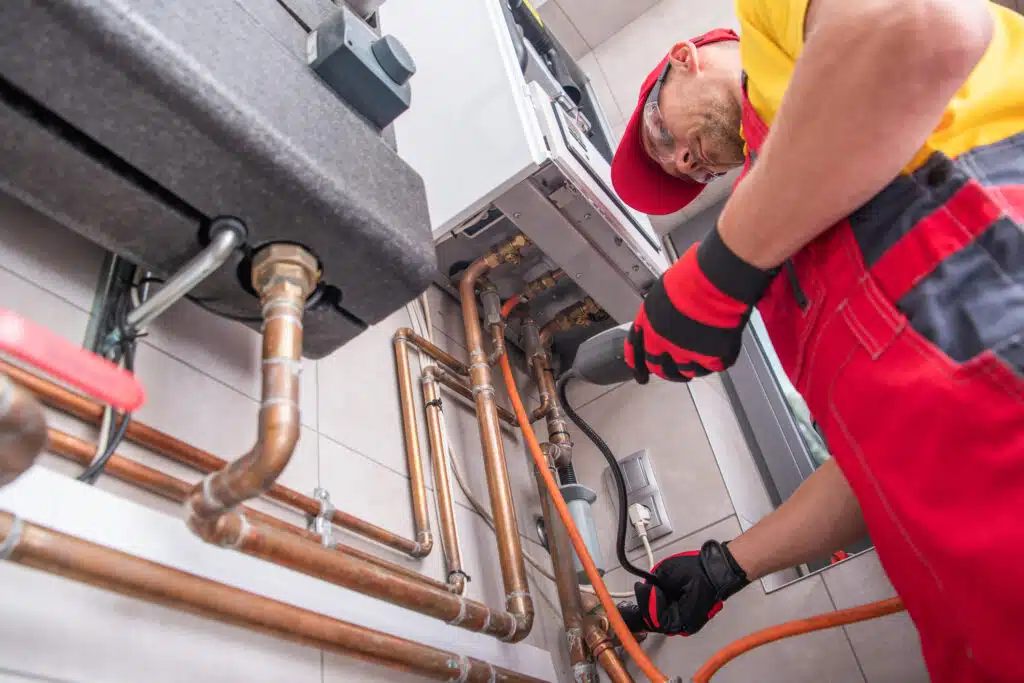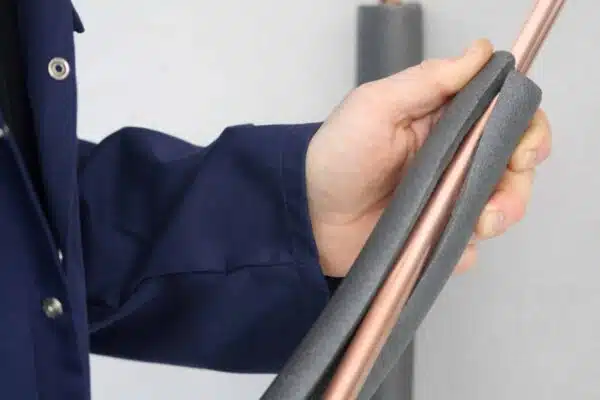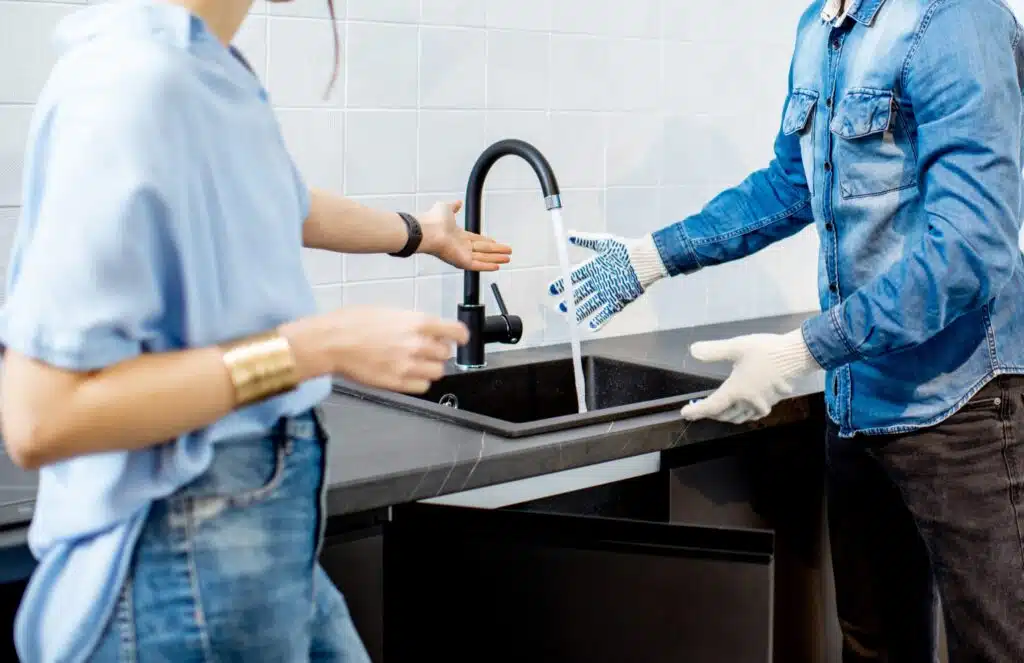Water pressure is a crucial part of daily life, from showering to washing dishes. When pressure drops, it can be frustrating, especially as summer approaches, bringing increased water usage. If your home’s water pressure isn’t up to par, it’s best to address the issue before the hotter months arrive.
Low water pressure can show up in different ways. You might notice weak flow from faucets, slow-filling washing machines, or an underwhelming shower experience. These problems can stem from clogged pipes, leaks, or issues with your municipal water supply. Understanding the root cause is the first step toward fixing the problem.
In this guide, we’ll explore the common causes of low water pressure and the best ways to improve it before summer. Whether it’s checking your home’s plumbing system, adjusting your pressure regulator, or calling in a professional, we’ll cover everything you need to know to ensure strong, consistent water flow in your home.
What Causes Low Water Pressure?
Low water pressure can be frustrating, especially when it disrupts daily activities like showering, washing dishes, or watering your lawn. Several factors can contribute to weak flow, and pinpointing the cause is the first step toward finding a solution. Some problems originate within your home’s plumbing system, while others stem from municipal water supply issues.
Below, we’ll explore some of the most common reasons for reduced flow and how they can impact your home’s plumbing system.
Clogged Pipes and Mineral Buildup
Over time, pipes can become clogged with mineral deposits, rust, and other debris, restricting the movement of water. This issue is especially common in areas with hard water, like York, PA, where high levels of calcium and magnesium can accumulate inside plumbing lines.
Signs of clogged pipes include:
- Slow or uneven water flow from faucets and showerheads.
- A noticeable difference in pressure between different fixtures.
- White or chalky residue around faucets, which indicates mineral buildup.
If clogs are suspected, a plumber can inspect the pipes and determine whether cleaning or replacement is necessary.
Leaks in Your Plumbing System
Even a small, hidden leak can cause a significant drop in water flow. Leaks allow water to escape before it reaches your faucets and appliances, reducing the overall volume available in your system.
Common signs of a leak include:
- Unexplained wet spots on walls, ceilings, or floors.
- A sudden spike in your water bill without increased usage.
- The sound of running water when no fixtures are in use.
If you suspect a leak, shutting off all water-using appliances and checking your water meter can help confirm the issue. If the meter continues to move, a leak is likely present.
Partially Closed or Faulty Shut-Off Valves
Shut-off valves control water flow into your home. If they are not fully open, they can reduce pressure throughout your plumbing system. In some cases, a valve may become worn or damaged over time, restricting flow even when fully open.
To check your shut-off valves:
- Locate the main shut-off valve near your water meter.
- Ensure it is fully open by turning it counterclockwise.
- If pressure improves, the valve may have been partially closed.
If adjusting the valve doesn’t solve the issue, a plumber can inspect it for internal wear or blockages.
Municipal Water Supply Issues
If your home relies on city water, the problem may not be within your plumbing system at all. Municipal water suppliers sometimes lower pressure for maintenance or conservation efforts, affecting entire neighborhoods.
Potential municipal-related issues include:
- Scheduled maintenance or repairs by the water company.
- Increased demand during peak hours, especially in summer.
- Low supply pressure due to an aging or outdated infrastructure.
Checking with your local water provider can help determine if an external issue is affecting your home’s flow. If the problem is ongoing, installing a pressure booster pump may help.
Elevation and Home Location
Your home’s elevation can naturally impact water flow. Homes located on higher ground or at the end of a water supply line often experience weaker flow than those at lower elevations.
If elevation is a factor, potential solutions include:
- Installing a pressure booster pump to increase flow.
- Upgrading to larger supply pipes to improve water movement.
- Consulting a plumber to explore alternative solutions.
Understanding the Cause Is the First Step to a Solution
By identifying the root cause of weak water flow, homeowners can take the right steps to fix the issue before summer arrives. In the next section, we’ll discuss how to measure your home’s water pressure and determine whether it falls within the ideal range.
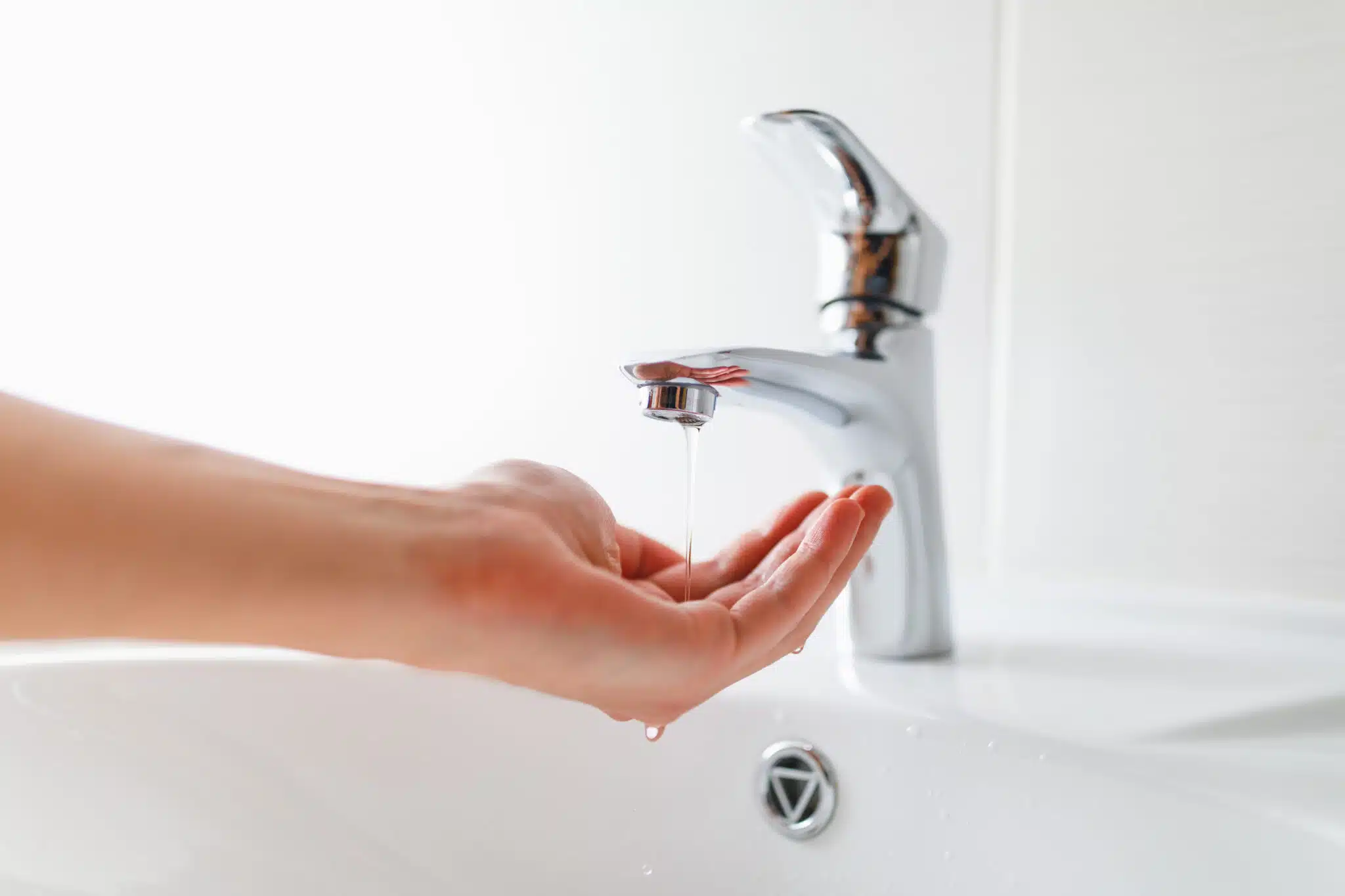
How to Check Your Home’s Water Pressure
Measuring your home’s water flow is the first step in diagnosing plumbing issues. Low or high pressure can impact daily tasks like showering and washing dishes. The ideal range is between 40 and 60 PSI, with 50 PSI providing the best balance. If the pressure is too low, your pipes or regulator may be the cause. Checking it properly ensures you take the right steps toward a solution.
Using a Pressure Gauge for an Accurate Reading
A pressure gauge is the easiest way to measure your home’s water force. Attach it to an outdoor hose bib or the nearest faucet to the main water supply. Make sure no other fixtures are running before turning on the tap. The gauge will display the PSI within seconds, helping determine if adjustments are needed. If pressure is below 40 PSI or above 80 PSI, further action may be required.
Identifying Fluctuations in Water Flow
Water flow can change based on the time of day and seasonal demand. Mornings and evenings often see higher usage, leading to temporary drops in pressure. Testing at different times can help identify patterns. Summer months can also strain the water supply due to increased outdoor use. Consistently weak flow throughout the day may indicate a plumbing issue rather than an external cause.
What to Do If Your Water Pressure Is Too Low
If your home has consistently weak flow, checking for leaks or clogged pipes is essential. A faulty pressure regulator may also be limiting water movement. Municipal water supply issues can impact multiple homes in your area. Contacting your local provider can help determine if this is the case. If problems persist, a professional plumber can assess and resolve the issue.
Preparing for the Next Steps
Once you’ve measured your home’s water flow, the next step is finding the cause. Simple fixes like cleaning fixtures or adjusting valves may improve performance. However, deeper issues like hidden leaks or pipe obstructions require professional attention. Addressing these problems before summer ensures a reliable water supply. In the next section, we’ll explore how to inspect your plumbing system for potential clogs and leaks.
Inspecting Pipes for Clogs and Leaks
If your water pressure is lower than expected, clogged or leaking pipes could be the culprit. Over time, mineral deposits, rust, and sediment can build up inside pipes, restricting water flow. Hard water areas, such as York, PA, are especially prone to this issue due to higher mineral content in the water supply.
One way to identify a clogged pipe is by checking water pressure at different fixtures. If only one faucet or showerhead has weak pressure, the problem is likely within that fixture. However, if multiple areas in your home are affected, a clog deeper in the plumbing system may be responsible.
Leaks can also cause a drop in pressure. Even a small pinhole leak in a pipe can divert water away from faucets, leading to weaker flow. Look for damp spots on walls, ceilings, or floors, as well as an unexplained increase in your water bill. If you suspect a leak but can’t find visible signs, shutting off all water-using appliances and checking your water meter can help determine if water is being lost.
If clogs or leaks are present, professional plumbing services may be needed to restore proper flow. Addressing these issues before summer ensures your home has consistent and efficient water pressure during the season’s higher demand. In the next section, we’ll discuss how adjusting the pressure regulator can help improve water flow.
Adjusting the Pressure Regulator
If your home’s water pressure is too low, adjusting the pressure regulator may help. This small device controls the amount of water entering your plumbing system and is usually located near the main water line, close to where it enters your home.
A properly functioning pressure regulator keeps water pressure at a safe level. However, if it’s set too low, it can restrict flow and lead to weak water pressure throughout your home. Over time, regulators can also wear out, causing fluctuations in pressure or even sudden drops.
To adjust the pressure regulator, locate the bell-shaped or dome-shaped valve near the main shut-off valve. Using a wrench, turn the adjustment screw clockwise to increase pressure. It’s best to make small adjustments and check the pressure with a gauge after each turn to avoid setting it too high. Water pressure above 80 PSI can damage pipes, appliances, and fixtures.
If adjusting the regulator doesn’t improve your water pressure, it may be faulty or clogged. In that case, a professional plumber can inspect it and determine whether it needs to be replaced. Keeping the regulator in good condition ensures consistent water flow, especially as summer water usage increases.
Next, we’ll explore how cleaning or replacing fixtures can further improve water pressure in your home.
Cleaning or Replacing Fixtures
Sometimes, low water pressure isn’t caused by major plumbing issues, it could be as simple as clogged fixtures. Over time, mineral deposits and debris can build up inside faucets and showerheads, restricting water flow. This is especially common in homes with hard water, like those in York, PA.
One easy way to check for buildup is to remove the aerator or showerhead and inspect it for sediment. If you see white or greenish deposits, the fixture may need cleaning. Soaking it in a vinegar solution for a few hours can help dissolve mineral buildup and restore proper flow. A soft brush or toothpick can also be used to clear stubborn clogs from small openings.
If cleaning doesn’t improve pressure, it may be time to replace the fixture. Older faucets and showerheads may have worn-out internal components or outdated flow restrictors that reduce pressure. Upgrading to a newer, high-efficiency model can enhance water flow while still maintaining water conservation benefits.
Regular maintenance of fixtures helps ensure consistent water pressure throughout your home. If weak flow persists even after cleaning or replacing them, the issue may lie deeper in your plumbing system. In the next section, we’ll discuss how water softeners can help prevent buildup and keep your pipes clear for better pressure.
When to Consider a Pressure Booster Pump
If your home experiences consistently weak water flow, a pressure booster pump might be the solution. This device increases the force of water moving through your pipes, helping to maintain a steady and reliable supply. It’s especially useful for homes at higher elevations or those with long plumbing runs that naturally reduce flow.
A booster pump works by drawing in water and pushing it through at a higher rate. Some models include a built-in sensor that automatically adjusts based on demand. This means better performance for showers, washing machines, and outdoor hoses, especially during peak usage times in the summer.
Before installing a pump, it’s important to rule out other causes of low flow, such as clogged pipes or faulty regulators. A professional plumber can assess your home’s plumbing system to determine if a booster is necessary. In some cases, upgrading supply lines or adjusting the municipal connection may be a more effective solution.
If you’ve tried other methods and still struggle with weak flow, a booster pump could make a noticeable difference. In the next section, we’ll discuss when it’s time to call a professional plumber to diagnose and fix ongoing issues.
When to Call a Professional Plumber
If you’ve tried basic troubleshooting but still experience weak water flow, it may be time to call in a professional. Some plumbing issues are hidden behind walls or underground, making them difficult to diagnose without specialized equipment.
One major sign that professional help is needed is a sudden, unexplained drop in water flow. This could indicate a broken pipe, a malfunctioning pressure regulator, or an issue with your municipal supply. Likewise, if only certain areas of your home have weak flow, there may be a blockage deep in your plumbing system.
Recurring leaks or visible pipe corrosion are also red flags. Even small leaks can lower pressure throughout your home and lead to costly water damage if left untreated. A plumber can perform a thorough inspection and identify problems that might not be obvious at first glance.
For homeowners in York, PA, Benjamin Franklin Plumbing of Lancaster, PA provides expert plumbing services to diagnose and resolve these issues. From pipe repairs to system upgrades, a professional can ensure your home’s water supply remains strong and efficient, just in time for summer.
In the next section, we’ll cover common questions about improving water flow and maintaining a reliable plumbing system.

FAQs About Improving Water Flow
1. What is the ideal water pressure for a home?
Most homes function best with a pressure range between 40 and 60 PSI (pounds per square inch). Anything below 40 PSI may cause weak flow, while anything above 80 PSI can damage pipes and appliances.
2. How can I tell if my pipes are clogged?
If certain fixtures have weak flow while others work fine, there may be a clog in those specific pipes. Mineral buildup, rust, or debris can restrict water movement. Removing and inspecting aerators or showerheads can help determine if buildup is causing the issue.
3. Does hard water affect water flow?
Yes, hard water can lead to mineral buildup inside pipes, reducing the available space for water to pass through. A water softener can help prevent this problem and keep your plumbing system running efficiently.
4. Can I increase my home’s water pressure without professional help?
Homeowners can try simple fixes, like checking the pressure regulator, cleaning fixtures, or inspecting shut-off valves. However, persistent issues often require professional assistance to diagnose hidden problems, such as leaks or blockages.
5. When should I consider installing a pressure booster pump?
A pressure booster pump is useful when water pressure remains weak despite addressing other causes. Homes at higher elevations or with long plumbing runs often experience naturally low water pressure. Installing a booster pump ensures stronger, more consistent water pressure throughout the home.




